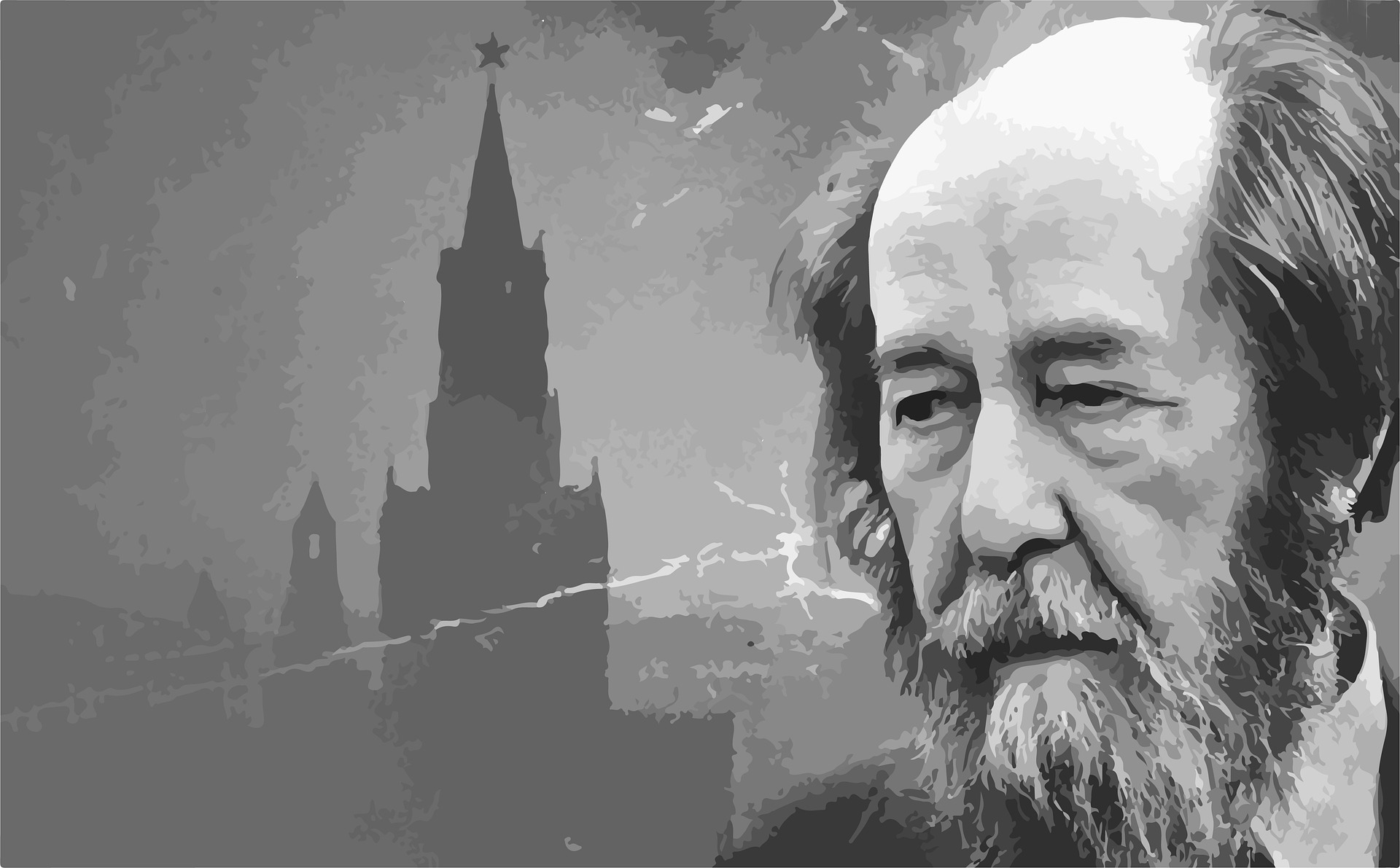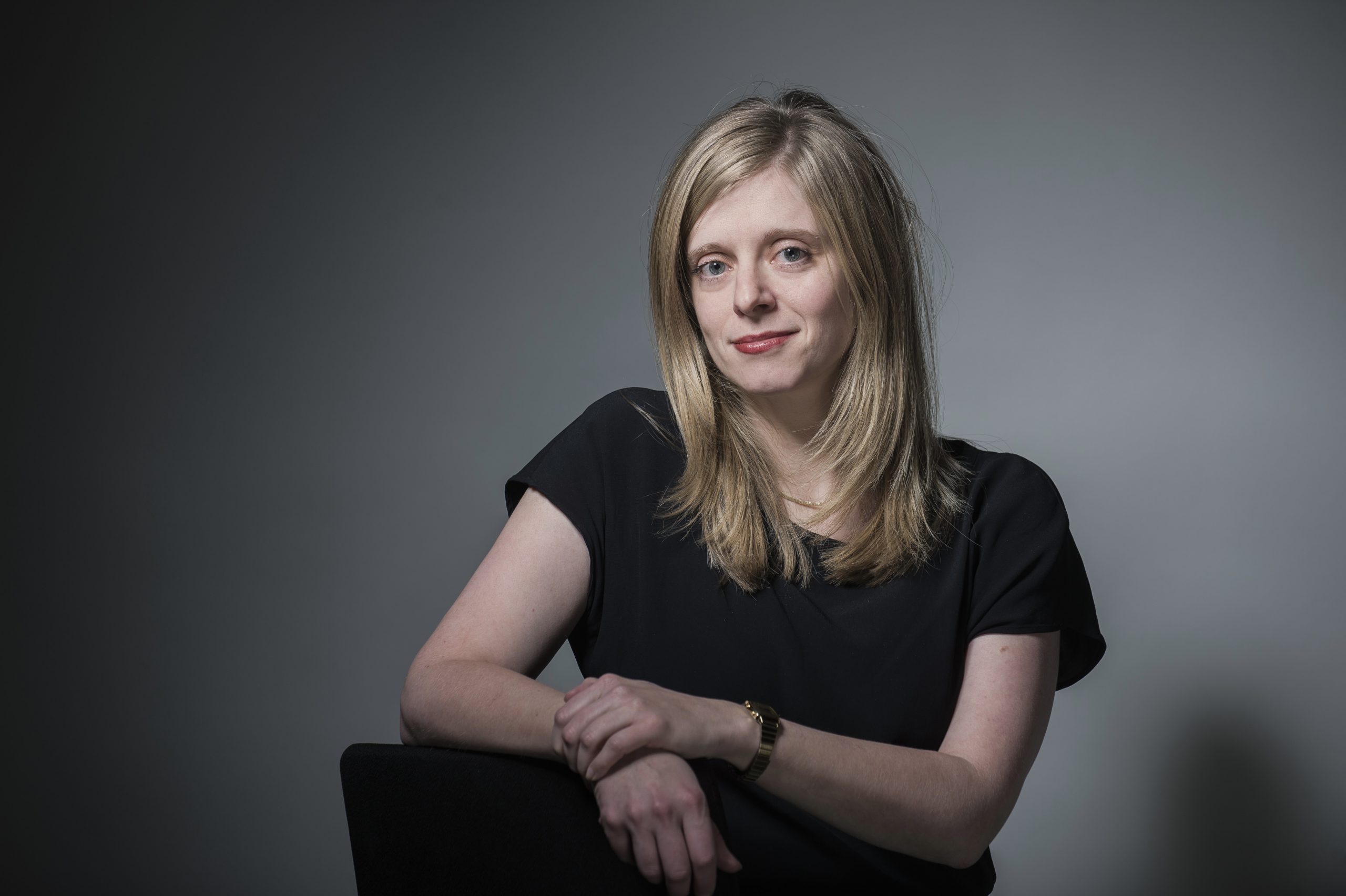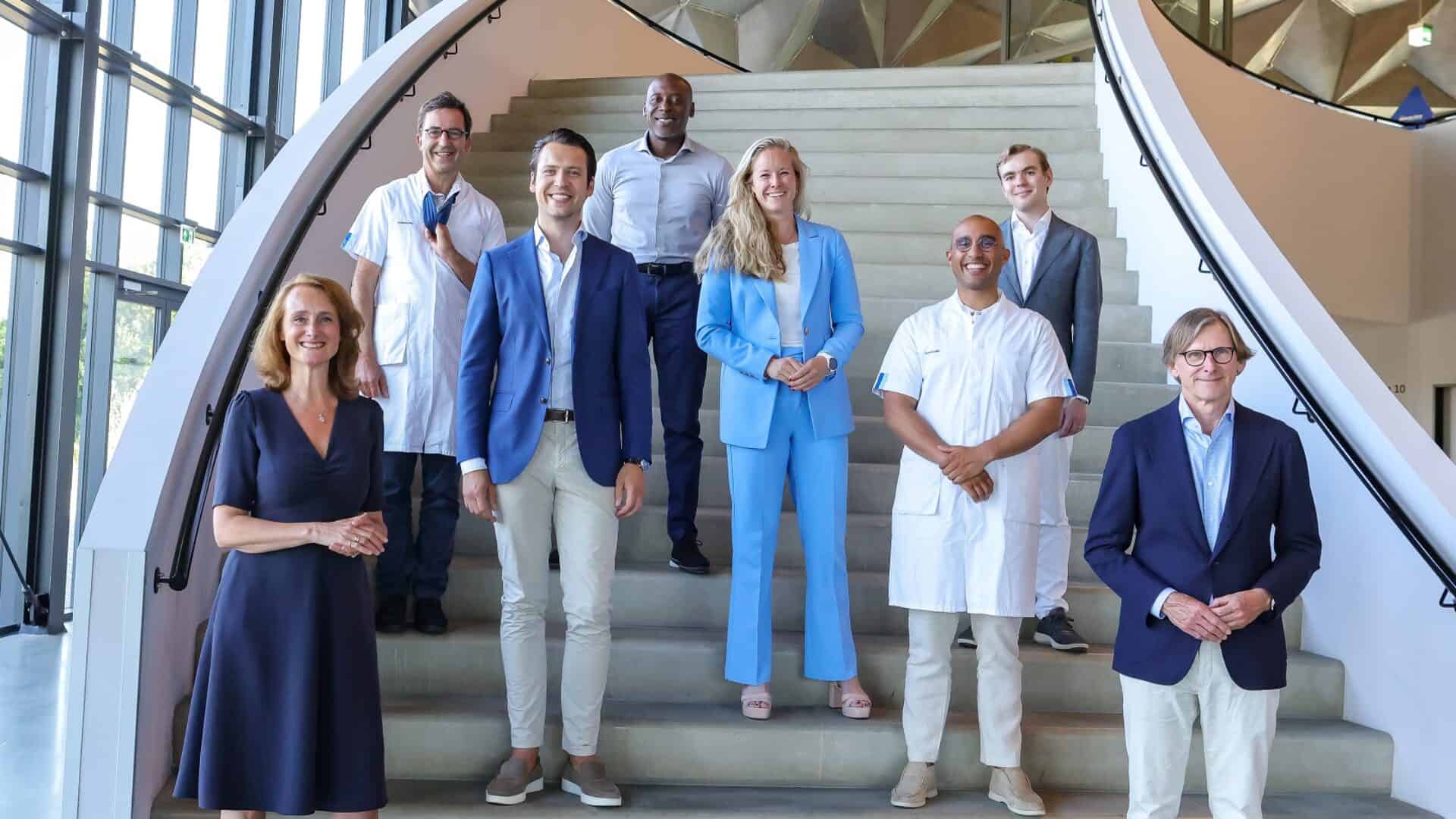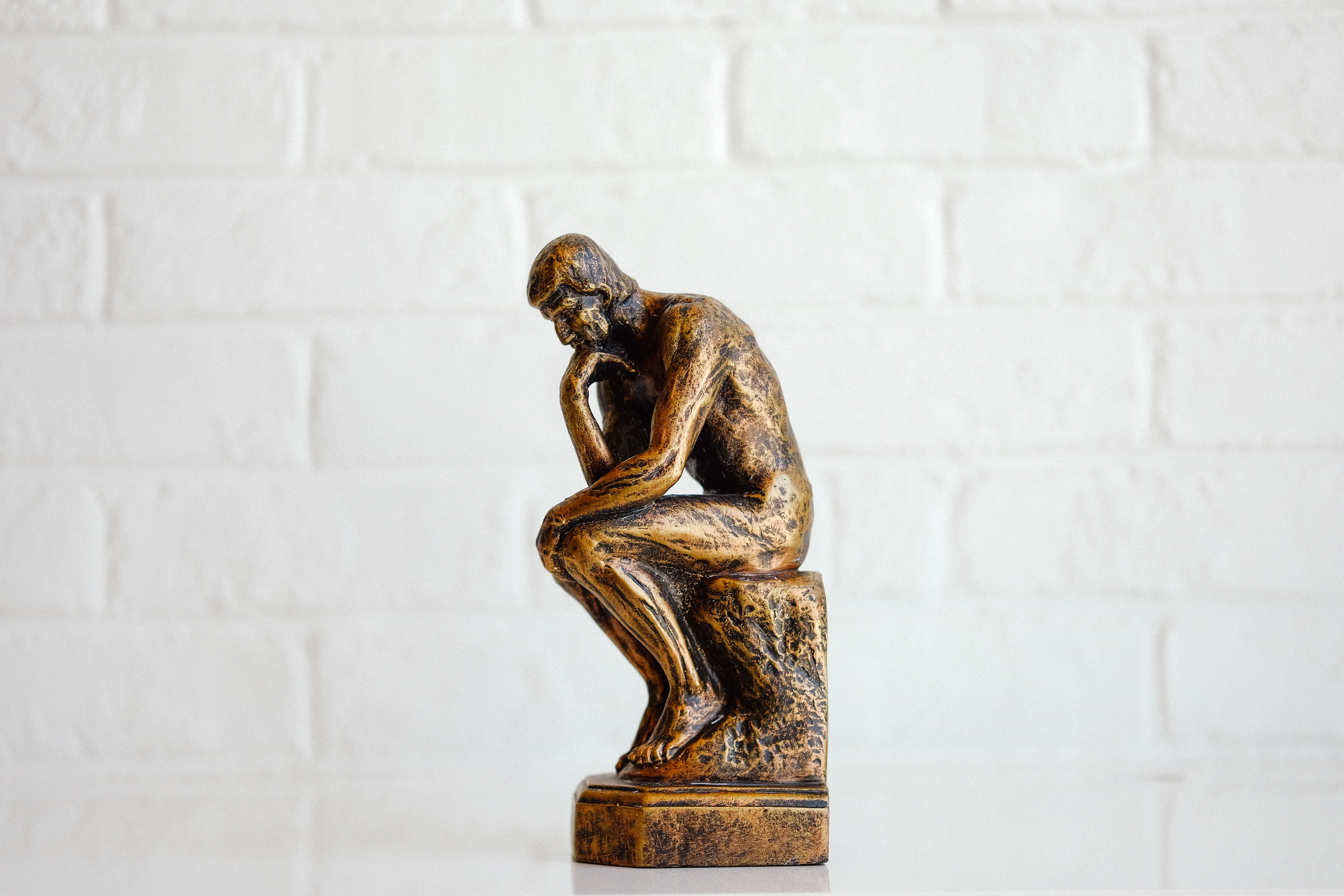
It was an extraordinary coincidence that, as part of a philosophy course, we were just reading a chapter of Aleksandr Solzhenitsyn’s ‘The Gulag Archipelago‘ with some students when the war in Ukraine broke out. Solzhenitsyn (1918-2008) was a Russian mathematician and physicist who was forced into the penal and labor camps of the Soviet Union. In 1970 he won the Nobel Prize for Literature. Aleksandr Solzhenitsyn chronicled his horrific experiences of the Gulag in HIS BOOK ‘The Gulag Archipelago’.
In many stories, such as those from Disney, the difference between good and evil is so clear that it even filters through to the appearances of the characters. Moreover, they tend to know full well when they are behaving badly. “This is not how things work in reality!” Solzhenitsyn writes. “To do evil, a human being must first of all believe that what he’s doing is good.” People are remarkably inventive in finding justification for questionable behavior, such as acting in the name of a political ideology.
In The Gulag Archipelago, Solzhenitsyn also draws a comparison with Germany, which brought Nazi leaders to trial, and Russia, where such trials did not take place. “WHY was it taken for granted that Germany would punish the evildoers there and Russia would not?” Solzhenitsyn wonders.
“In keeping silent about evil, in BURYING it so deep within us that no sign of it appears on the surface, we are IMPLANTING IT, and it will rise up a thousandfold in the future.” By remaining silent you allow people to grow up to be ‘indifferent’, is his conclusion.
Bad behavior always has bad consequences
A crucial way to achieve a more ethical society is to ensure that bad behavior always leads to bad consequences. If people feel they can get away with it, then bad behavior can ‘fester’ and become part of a ‘culture’, such as in organizations with hierarchical and dependent structures where the employees experience a lack of openness and even a culture of fear. Then it becomes very difficult to make questionable behavior open to discussion.
Ethics cannot be encapsulated in a flow chart or a decision tree. Ethical guidelines and codes should never be seen as boxes that can be ‘ticked off’; they are the starting point of an in-depth discussion, where the quality of the arguments are weighed up and where everyone shows a willingness to consciously face up to their own blind spots. Sometimes it is clear how to proceed, but the majority of moral dilemmas are not so cut and dried, precisely because values can contrast with each other and things need to be given consideration.
There is no way to simplify that process. So above all, be wary when people promise simple solutions. There is no shortcut to ethics.

This is Katleen Gabriels’ last column in the Tomorrow Is Good column series.







